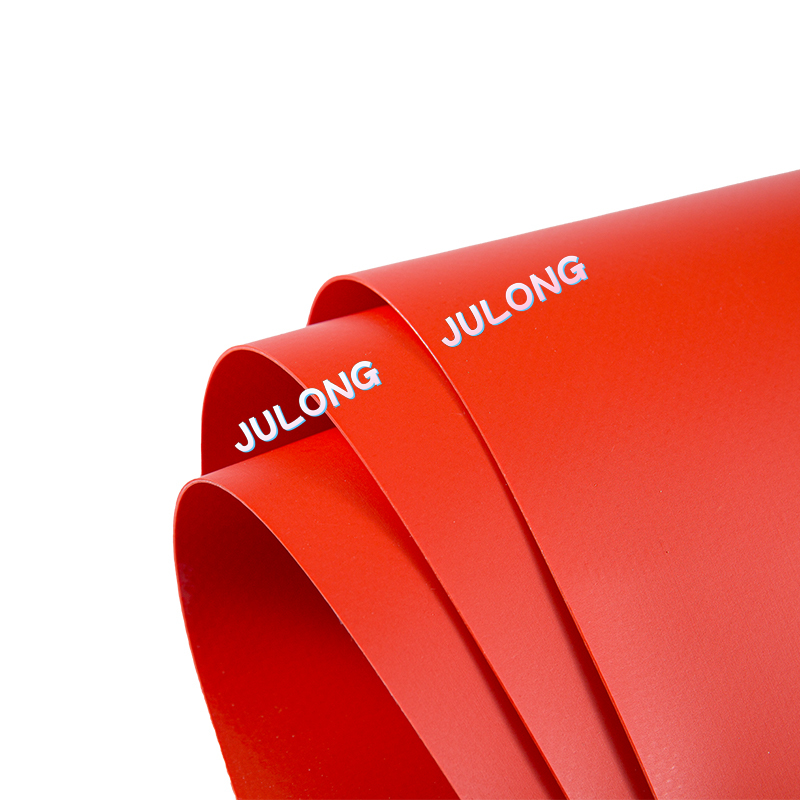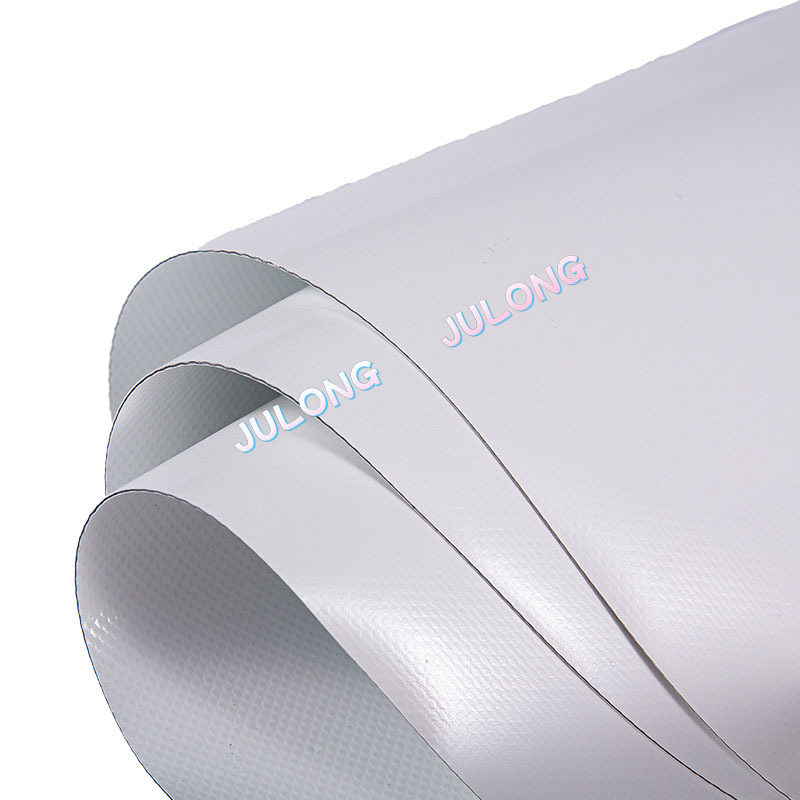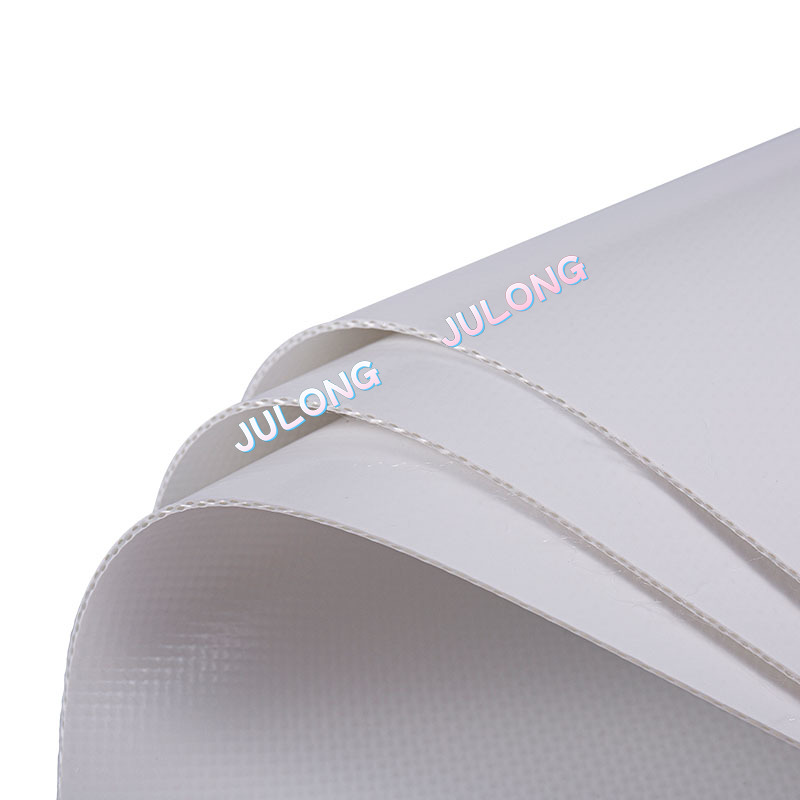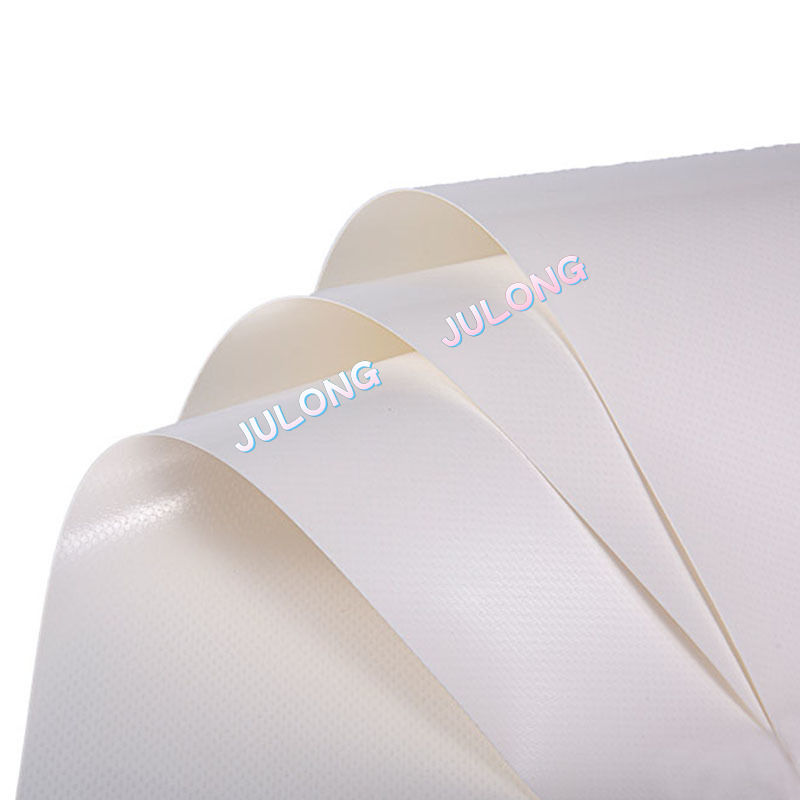Introduction: why PVC coated fabric dominates outdoor membrane products
PVC coated fabric (polyvinyl chloride coated textile) is widely used for tents, tarpaulins, awnings, and similar membrane structures because it combines engineered textile strength with a protective polymer surface. The coating process yields a composite material that addresses the key practical needs of outdoor applications: waterproofing, mechanical strength, UV and weather resistance, reparability, and cost-effectiveness. This article explores the material science, construction methods, performance characteristics, fabrication techniques, and selection guidance that make PVC coated fabric particularly well-suited to tents, tarpaulins, and awnings.
Material construction and coating processes
Understanding what PVC coated fabric is — and how it is made — clarifies why it performs so well in outdoor use. At its core the composite is a woven or non-woven textile substrate (commonly polyester or polyester/cotton blends) and one or more layers of PVC plastisol or PVC dispersion that bond to the substrate to form a continuous, sealed membrane.
Substrate selection and weave
Manufacturers select substrate yarn type and weave to meet target properties: polyester for high tensile strength and low elongation; cotton-blends for cost or hand-feel in temporary tarps. Warp and weft density determine dimensional stability and puncture resistance; heavier deniers increase strength at the cost of weight.

Coating methods: calendaring, knife coating, and laminating
Common coating processes include calendaring (where a PVC film is fused onto the substrate), knife-over-roll coating (spraying/rolling PVC plastisol onto the textile), and lamination (heat/adhesive bonding of PVC film to substrate). Each process affects surface finish, thickness control, and bond strength between fabric and PVC — all critical for long-term performance.
Key performance properties for outdoor use
For tents, tarpaulins, and awnings, the most consequential material properties are waterproofness, UV resistance, tensile and tear strength, seamability and weldability, weight and flexibility, and flame performance. We'll examine each property and why PVC coated fabric excels or where trade-offs appear.
Waterproofing and hydrostatic head
PVC coatings create a continuous non-porous surface. Hydrostatic head (mm H₂O) is the standard measure of waterproofness — higher values mean better resistance to water penetration under pressure (rain, pooling). Properly applied PVC coatings routinely achieve hydrostatic heads well beyond typical rain exposure for tents and awnings.
UV, weather and chemical resistance
PVC formulations include UV stabilizers, antioxidants, and pigment dispersants. These additives significantly slow surface embrittlement and color fade. Likewise, PVC resists many household chemicals, salt spray (marine conditions), and mildew compared to untreated textiles. The coating protects the substrate from direct UV attack, extending service life.
Mechanical strength: tensile, tear and puncture resistance
The textile substrate provides tensile strength and tear resistance while the PVC layer distributes local loads and prevents yarn abrasion. This composite action gives PVC coated fabric high tear propagation resistance — a small puncture is less likely to turn into a catastrophic rip, especially when seams and edges are reinforced.
Seam and edge finishing: welding and adhesive bonding
PVC-coated textiles are weldable using hot-air, HF (high-frequency), or solvent welding. Welded seams produce homogeneous joints with strength approaching the base material—far superior to stitched seams that rely on thread and inevitably puncture the membrane. Edge finishes, hems, and reinforcements (webbing, taped edges) further prevent stress concentrations.
Practical advantages for tents, tarpaulins, and awnings
Translate material properties into practical benefits: predictable performance, ease of fabrication and repair, consistent weather protection, and long service lives. These are the reasons manufacturers and specifiers choose PVC coated fabric for semi-permanent and permanent outdoor installations.
- Predictable waterproofing even under load—no wicking through stitches when seams are welded.
- Ease of fabrication—cutting, hot-air welding, and edge taping enable fast production for large panels.
- Repairability—small tears can be patched with welded or adhesive-backed PVC patches in the field.
- Wide product range—thickness, weight, and finish choices suit lightweight camping tents to heavy-duty truck tarpaulins and architectural awnings.
Selecting the right PVC coated fabric grade
Not all PVC coated fabrics are equal. Selection depends on intended use, expected loads, exposure, aesthetic needs, and budget. Below is a compact comparison table showing common grades and recommended applications.
| Grade / Property | Lightweight (200–400 g/m²) | Medium (450–700 g/m²) | Heavy duty (700–1200 g/m²) |
| Typical use | Camping tents, small awnings | Commercial awnings, event tents | Truck tarps, heavy architectural membranes |
| Durability | Moderate | High | Very high |
| Weldability | Good | Excellent | Excellent |
Fabrication, installation and field maintenance
Correct fabrication and installation preserve the intrinsic advantages of PVC coated fabric. Follow manufacturer guidelines for weld parameters, reinforcement placement, and anchorage details. For field maintenance, adopt simple routines that dramatically extend life.
Fabrication best practices
Use calibrated hot-air or HF welding machines, design seams with appropriate overlaps and reinforcement tapes, and avoid sharp folds that concentrate stress. Provide drainage channels in awnings and tarpaulins to prevent pooling, which increases localized load and UV exposure.
Field maintenance and cleaning
Routine cleaning with mild detergents removes dirt and pollutants that accelerate UV and chemical degradation. Avoid harsh solvents that can soften the PVC. Inspect welded seams, edge reinforcements, and hardware attachments seasonally; apply patches or edge tape as early repairs to prevent larger failures.
Standards, testing and certification considerations
Choose suppliers who test for hydrostatic head, tensile and tear strength, UV exposure (accelerated weathering), flame retardancy (if required), and adhesive/weld peel strength. Certifications (ISO, EN, ASTM or local standards) and material data sheets provide objective comparisons.
Environmental and end-of-life considerations
PVC has environmental controversies, but modern formulations reduce hazardous additives and some manufacturers offer take-back or recycling programs for PVC membranes. Consider lifecycle trade-offs (long service life often offsets production impacts) and explore bio-based or recyclable alternatives where sustainability is a priority.
Conclusion: match material to application to maximize value
PVC coated fabric is ideal for tents, tarpaulins, and awnings because it delivers a predictable, engineered solution: durable waterproofing, weldable seams, strong mechanical performance, repairability, and a wide range of available grades. Selecting the right substrate, coating thickness, and fabrication method—and following proper installation and maintenance practices—ensures that the membrane performs reliably for years while offering cost-effective lifecycle value.


 English
English عربى
عربى







